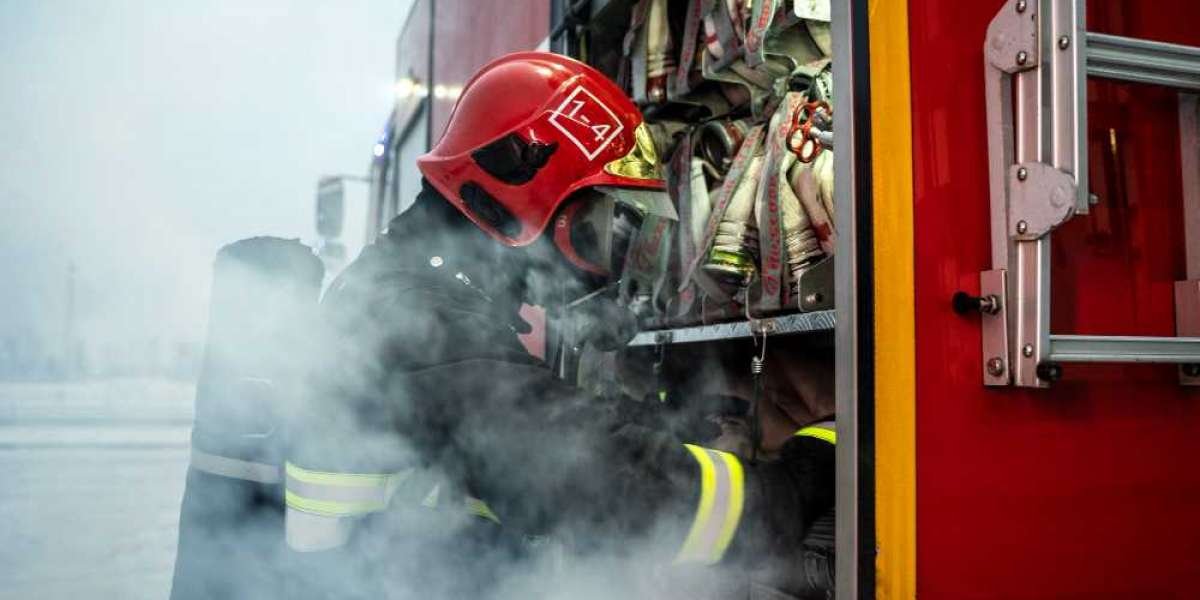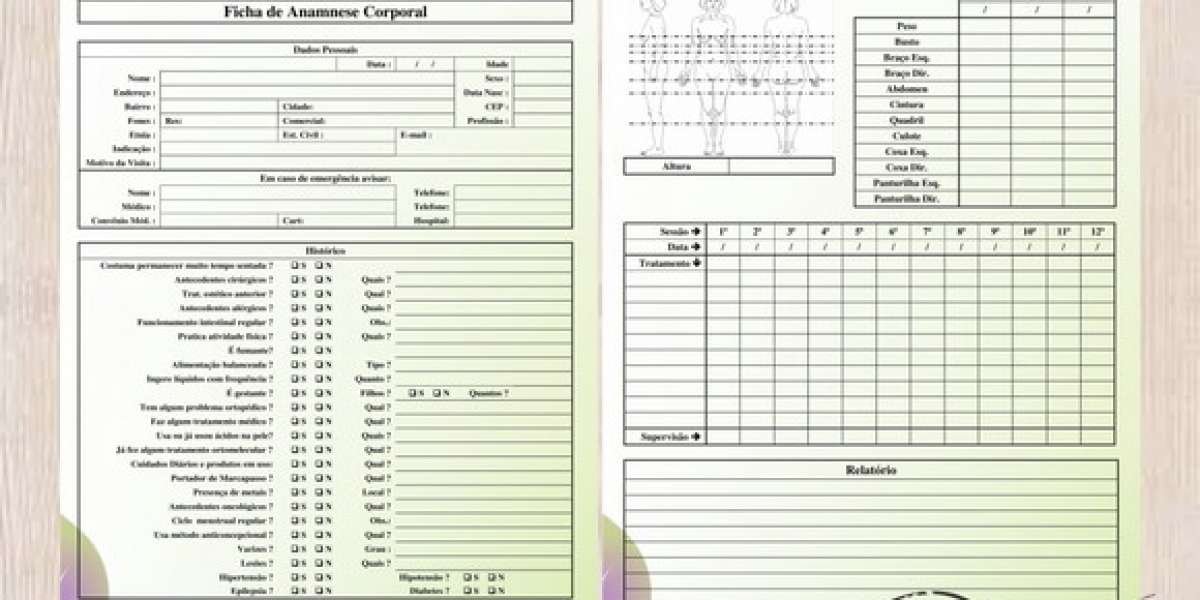Fire extinguishers are often overlooked until an emergency strikes, yet they stand as a crucial tool in safeguarding lives and property against the ravages of fire. From homes and businesses to vehicles and public spaces, these portable firefighting devices play a pivotal role in extinguishing flames before they can escalate into catastrophic infernos. Let's delve into the importance of fire extinguisher, their types, and how to use them effectively.
The Importance of Fire Extinguishers
Fire extinguishers are essential safety equipment designed to suppress small fires in their incipient stages, preventing them from spreading and causing extensive damage. In addition to minimizing property loss, they can also buy precious time for occupants to evacuate safely in the event of a fire emergency. Having readily accessible extinguishers strategically placed throughout a building can significantly enhance its fire preparedness and resilience.
Types of Fire Extinguishers
Fire extinguisher come in various types, each tailored to combat specific classes of fires. The classification system, denoted by letters and colors, helps users identify the suitable extinguisher for a particular type of fire:
- Class A : Suitable for ordinary fuels such as wood, paper, cloth, and plastics.
- Class B : Designed for flammable liquids like gasoline, oil, grease, and solvents.
- Class C : Intended for fires involving energized electrical equipment, such as appliances, wiring, and circuit breakers.
- Class D : Designed for combustible metals, such as magnesium, titanium, and sodium.
- Class K : Specifically formulated for fires involving cooking oils and fats commonly found in kitchens.
How to Use a Fire Extinguisher
While fire extinguishers are relatively simple to operate, proper training and familiarity with their use are essential for effective firefighting. The acronym "PASS" serves as a useful mnemonic to remember the basic steps:
- Pull : Pull the pin or safety clip to break the seal and prepare the extinguisher for use.
- Aim : Aim the nozzle or hose at the base of the flames, not at the top, to smother the fire's fuel source.
- Squeeze : Squeeze the handle or lever to discharge the extinguishing agent in a controlled manner.
- Sweep : Sweep the nozzle from side to side, covering the entire width of the fire, until it is completely extinguished.
Maintenance and Inspection
Regular maintenance and inspection are essential to ensure that fire extinguishers remain in optimal working condition. Visual checks should be conducted monthly to verify that the extinguisher is in its designated location, the pressure gauge indicates proper pressure, and the tamper seal is intact. Additionally, annual professional inspections and periodic refills or recharge services are recommended to address any issues and replenish the extinguishing agent if necessary.
Conclusion
Fire extinguishers are invaluable assets in the fight against fire, empowering individuals to take swift and decisive action when faced with a blaze. By understanding the different types of extinguishers, learning how to use them effectively, and maintaining them properly, we can enhance our readiness to respond to fire emergencies and protect ourselves, our loved ones, and our property from harm. Remember, when it comes to fire safety, every second counts—so equip yourself with the knowledge and tools to stay safe.



